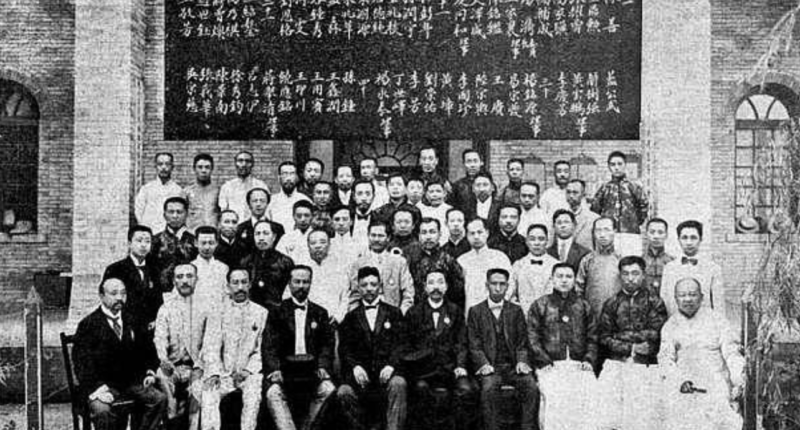In late May, Vice President Lai Ching-te warned that Taiwan would lose its sovereignty if the island recognized the 1992 Consensus. These remarks come only a month after his nomination as the candidate for the ruling Democratic Progressive Party (DPP) in the 2024 presidential race.
The 1992 Consensus refers to an agreement between the Republic of China (ROC) and the People’s Republic of China (PRC) on the existence of a single Chinese nation, of which each asserts itself to be the legitimate representative. Within this framework, both governments control partial territories of China: the ROC governs the islands of Taiwan, Kinmen, Matsu, and Penhu, while the PRC presides over the mainland.
Under President Tsai, the DPP has persistently rejected the consensus as one to which Taiwan has never agreed. In her 2020 re-election campaign, Tsai went as far as to equate it to “one country, two systems,” drawing on ghastly images of the Hong Kong protests to fearmonger the electorate into believing that a similar fate awaited Taiwan if her nationalist opponent Han Kuo-yu was to secure victory. Lai’s statement implies a continuation of Tsai’s policy if he wins the presidency.
Yet, contrary to the DPP’s claims, the 1992 Consensus serves as a crucial political understanding across the Taiwan Strait. In affirming the One-China principle, the ROC maintains a legal basis to assert itself as an independent state that has remained autonomous for more than a century after its founding in 1912. Concurrently, the agreement cultivates cross-strait stability by assuming the ROC’s status quo sovereignty without the need to declare independence for an artificial ‘Taiwanese’ nation—one that would unquestionably trigger a drastic military escalation by the Chinese Communist Party (CCP).
Tsai’s rejection reflects the DPP’s grander Taiwan independence agenda, which has long sought to cultivate a new Taiwan-based national identity detached from its Chinese roots. This was apparent in the downsizing of the “Republic of China” font on a new passport design released in 2020 and the controversial absence of the country’s official name on National Day event logos.
This approach not only reflects a blatant disregard for the ROC constitution but dangerously subverts the legal foundation upon which Taiwan’s sovereignty is predicated. In denying the legitimacy of the consensus, the DPP essentially withdrew the ROC’s historical claim to the Chinese nation. With both Taiwan and the mainland as de jure territories of China, this transforms the cross-strait dynamic from one in which two post-civil war Chinese governments are locked in a power struggle for recognition into one in which the CCP—which now remains the only claimant—is empowered to claim dominion over an escapist Taiwanese coalition in the name of protecting China’s territorial integrity.
Critics may cite the rising frequency of diplomatic visits by Western partners to Taiwan in recent years as an indication of the efficacy of subverting the ROC for a Taiwanese identity to garner global support. Nonetheless, the fact of the matter is that the DPP’s conception of a ‘Taiwan’ republic lacks any historical or political precedent for statehood that can sufficiently yield international recognition. This is perhaps why despite various diplomatic efforts and a stellar track record during the Covid-19 pandemic, the Tsai administration has largely failed to enlist Taiwan in the World Health Organization.
If Lai wins the presidency, a continuation of Tsai’s departure from the One-China principle will exacerbate cross-strait tensions and further threaten the livelihoods of the island’s inhabitants. The 2024 election is a decision on whether we preserve or surrender our identity as the Republic of China. It is a decision between peace and war.
Ultimately, accepting the 1992 consensus is the only way to preserve any legal foundation for the ROC to exist as an independent state with a history of sovereign rule.
For without the ROC, there is no Taiwan.
Credits: Taiwan News, Taipei Times









